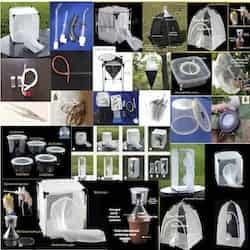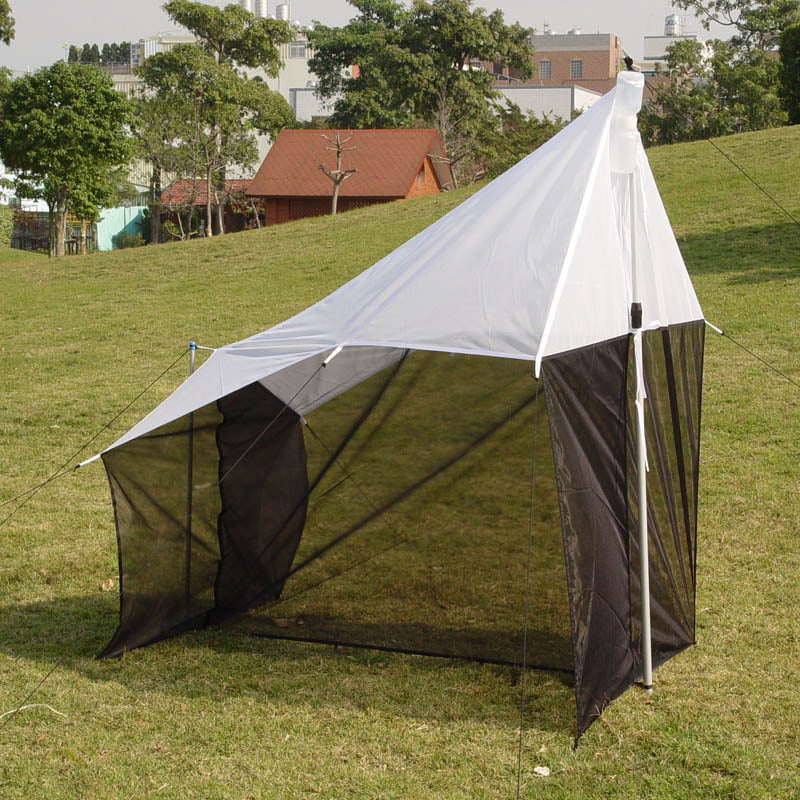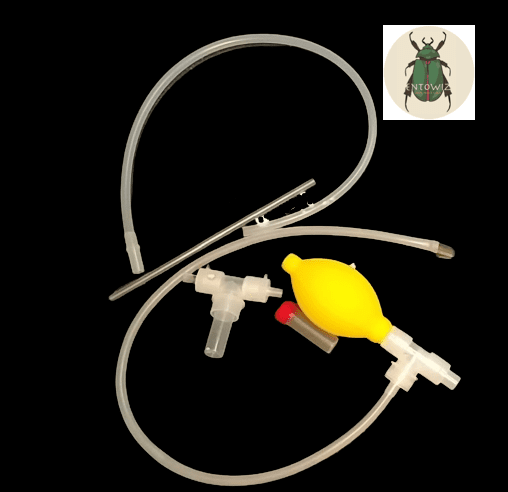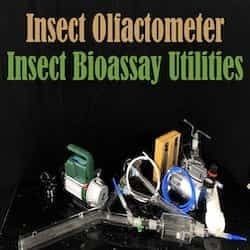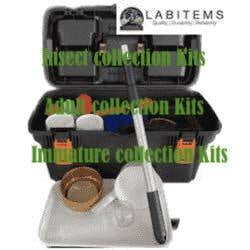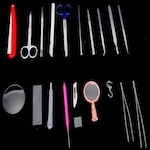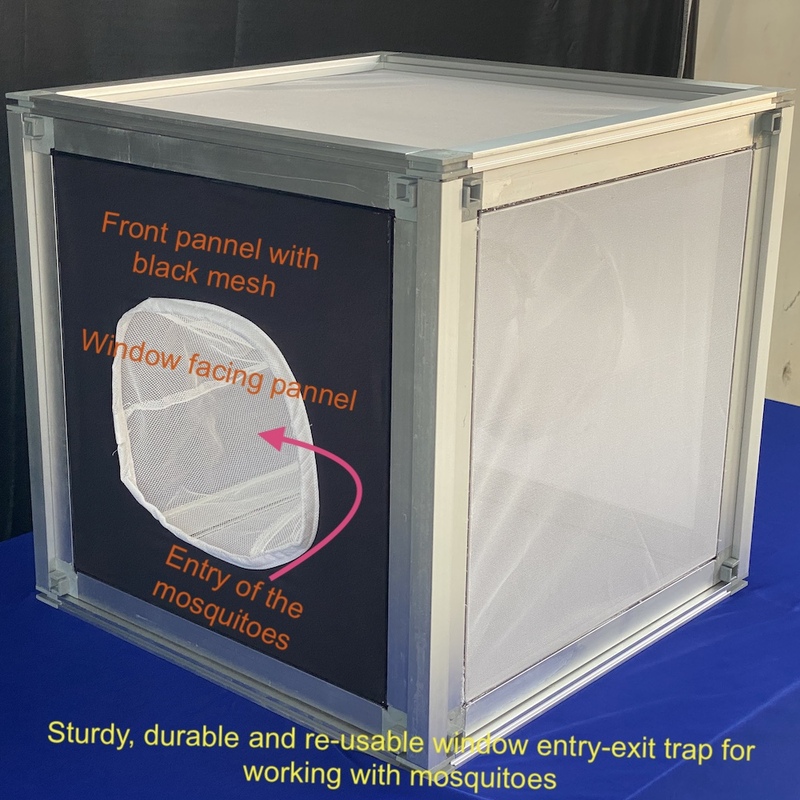
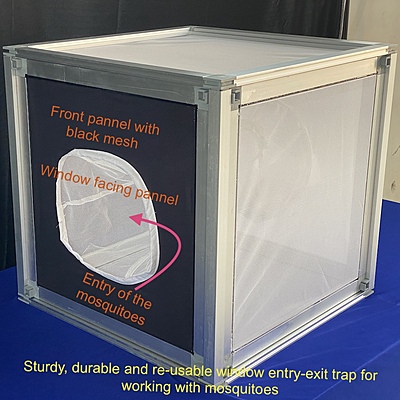



window entry and exit trap for the study of endophilic behavior of mosquitoes
Incorporating window entry/exit traps into surveillance programs enhances the accuracy of data collection and supports evidence-based decision-making in vector control.
Window entry and exit traps are essential tools in mosquito research, particularly for monitoring vector behavior and evaluating control interventions. These traps are typically installed in house windows to capture mosquitoes entering or exiting human dwellings. By targeting entry and exit points, researchers can gather critical data on mosquito activity, biting patterns, and the effectiveness of indoor vector control methods such as insecticide-treated nets or indoor residual spraying.
According to WHO guidelines, window traps serve as non-intrusive, passive surveillance tools that provide valuable insights into the dynamics of vector populations without relying on human landing catches. These traps are especially useful in malaria-endemic regions where accurate mosquito sampling is crucial for public health decision-making.
The traps help assess the impact of interventions by comparing mosquito density and species composition before and after treatments. Their ability to operate continuously without disrupting household routines makes them ideal for longitudinal studies. Window entry and exit traps are also pivotal in understanding indoor-outdoor mosquito behavior, aiding in the development of more targeted and sustainable control strategies.
Used in conjunction with other surveillance methods, these traps contribute to a comprehensive understanding of vector ecology and support evidence-based strategies for disease prevention and control. Their role in entomological surveillance continues to be emphasized in global health research.


